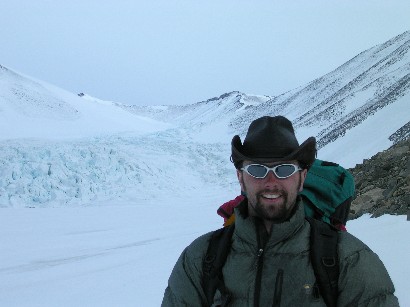 |
|
|
Home|Glossary|Links|Journal|Maps
The MACH 3 Click on the pictures to see bigger views.
Solar eclipses occur when the moon passes between the sun and the earth causing the moon to cast a shadow on the earth. Ben of our team is really into solar eclipses and explains that there are three kinds - total, partial, and annular. In a total eclipse the moon completely blocks the sun. Because of the curvature of the earth and the relative distances between the sun, moon, and earth, total eclipses are typically visible only within a very narrow path, on the order of 150 miles across. So most people don't get to experience them. Ben has actually traveled to see two total eclipses, events he says were really cool. In partial solar eclipses, the moon blocks only part of the sun. Such eclipses generally cover a wider area than total eclipses and have varying degrees of coverage. An annular eclipse is a sort of combination of a total and a partial eclipse. The moon is directly centered over the sun as in a total eclipse, but it doesn't cover it entirely as in a partial one. So the sun appears to be a ring of light instead of appearing to be a crescent as is the case for a partial eclipse. Annular eclipses are rarer. In our case, the eclipse was only visible in Antarctica. It was total on parts of the continent but partial elsewhere including the Dry Valleys. We had around 80% coverage of the sun. Even with 80% of the sun covered though, it would still appear like we had a lot of light predicted Ben. It might seem cloudy, but if we didn't know the eclipse was happening, he said, "we might not even notice it at all." That happened to one group hiking past our camp. "Hey how about the solar eclipse," we asked. "The solar eclipse," they answered, "Isn't that later?" Although it didn't seem unusually dark, our team definitely noticed the eclipse in another way. It got a lot colder. As we proceeded to bundle up, we periodically checked an air thermometer. The temperature dropped six degrees Fahrenheit during the approximately one hour it took the eclipse to reach its maximum. Ben was surprised by that. "Yeah," he said, "I didn't take into account the precarious nature of the energy balance down here." Next>> |
